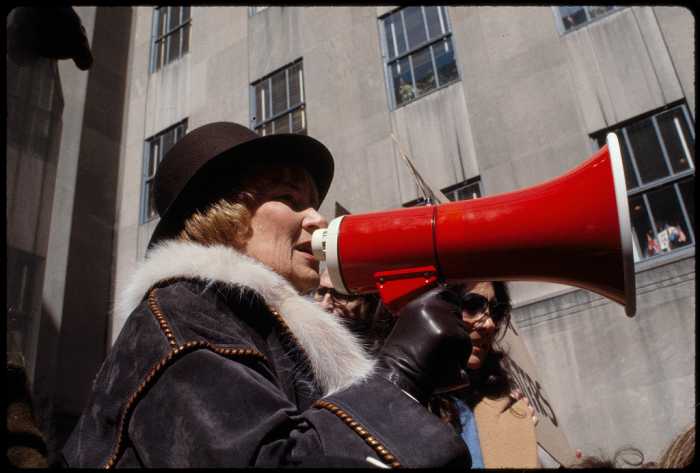Bad news for drug warriors continues to escalate, making defenders of the current policy approach look intellectually shabby.
Elephant tranquilizers dealt the latest blow to the American strategy of drug interdiction. According to the New York Times, 200 overdoses and “several” deaths have occurred over recent weeks in the Cincinnati area. Police carry naloxone but it often takes multiple doses to bring a user out of their nods. A single dose immediately restores a heroin user’s breathing. Huge animals like elephants require high potency tranquilizers; even at low doses, the smaller human frame can quickly stop breathing after ingesting them.
For the umpteenth time, proof emerges that American laws exercise no control over the drugs sold to users. Pharmaceutical benzedrine (uppers) in the 1970s were banned, and users turned to cocaine that turned into crack and meth; prescription pain killers led users to heroin, which turns into fentanyl and then carfentanil, the elephant tranquilizer. Chasing down drug users typically leads to desperation and the making of more dangerous drugs. The correct moral response is helping drug users improve their safety even when they use drugs. Meanwhile, we accept no responsibility when these products are sold to drug users. This is immoral —and it’s also often fatal.
THE LONG VIEW
It is not helpful to blame the criminal, the reflexive reaction in the United States. Most sellers don’t regulate the product any more than certified druggists control the contents of the pills they dispense. But it is the fault of politicians who neglect effective alternatives. Bad laws bring bad results.
The end of November will mark eight years since Swiss voters approved the dispensing of heroin to those who have used the drug for two years or more. The voters ratified a program that started in 1994, and in the same election voted down a separate referendum to legalize marijuana. This buttoned-down nation saw no conflict between helping heroin users and maintaining a stance against drug use. Most Swiss heroin users are treated with methadone, according to the reform advocacy group Law Enforcement Against Prohibition, with 16,000 of the 22,000 to 24,000 users taking methadone and about 1,300 given heroin. The Swiss believe that heroin use is falling by about four percent a year there. It is a problem, but a manageable problem.
And now Canada, in the new atmosphere created by Prime Minister Justin Trudeau —who has his own famous history of drug use and campaigned on a harm reduction, legalize marijuana platform —has announced it will prescribe heroin to certain patients. As reported in the Toronto Star, “supervised heroin therapy is used in several countries, including Switzerland, Germany, and the Netherlands, and a clinical trial in Canada has concluded injectable heroin was more effective than standard methadone treatment.”
But the US seldom debates —much less implements — approaches that accept the fact that some people use hard drugs. The Times headline is a prosecutor’s dream: “Drug Linked to Ohio Overdoses Can Kill in Doses Smaller than a Snowflake.” Hyperbole that can send a dealer away for decades without providing any help to a user. Taking dealers out of society always leaves openings for new dealers to enter the market. Many of us recognize the problem; far fewer insist that new policies must replace the old.
By playing the unhelpful tune that dealers are selling poison, the Times offers police a ready-made justification for buy-and-bust trickery and encourages overt hostility toward a population that society considers pariahs.
Heroin overdoses expose a malevolent feature of unrealistic policies. The mistakes bring early deaths. It is no longer reasonable to say America can be drug-free. And that means we miss the mark when we say, “Well, you wouldn’t have this problem if you didn’t do drugs.” After all, it is as plain as the nose on a person’s face that some people do drugs, and the moral obligation we face is how to help drug users do it safely.
A practical solution, one that is in place all over the world, is safe-injection facilities. Places where users may inject with sterile needles under the supervision of health professionals.
Given Governor Andrew Cuomo’s adamant anti-drug beliefs, this program is only being pushed by one small city upstate. Ithaca Mayor Svante L. Myrick lost his father to drug use and wants to implement anti-overdose programs. And, of course, his effort to implement an evidence-based public health program is met with hostility and scoffing. In New York City, needle exchanges are searching for public support to allow their institutions to become safe injecting facilities.
There is a fear that society and especially adolescents will be harmed if we normalize drug addiction. But the current policy harms adolescents by dragging them into the criminal justice system and offering them dangerous black market drugs. The fears about encouraging use that otherwise would not occur falsely label as a negative one of the chief benefits of a safe-injection program. Regular users can socialize; they can learn tips about safe injections from nurses. The SIF offers ways to warn about bad drugs and to stop panics caused by false rumors. Most importantly, it offers health professionals the opportunity to prove they care about users whether they are on or off drugs.
New Yorkers have been using heroin for more than 200 years. The first step toward managing this behavior means accepting the reality of that use and moving toward an approach by which we can live safely with drug users in our midst.
Unlike marijuana, large numbers of people are not going to turn to heroin for regular use. We should learn to live with the use that does occur and hopefully allow the users to continue living with us. A concerted effort to hunt down drug use has deadly consequences; it is time to create neutral spaces that welcome safe drug use.


































